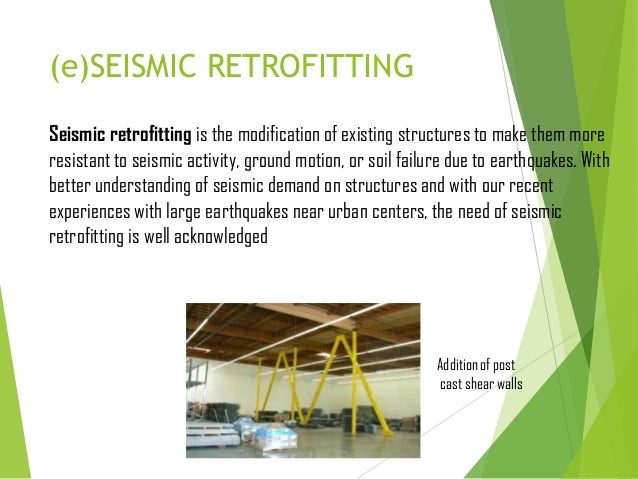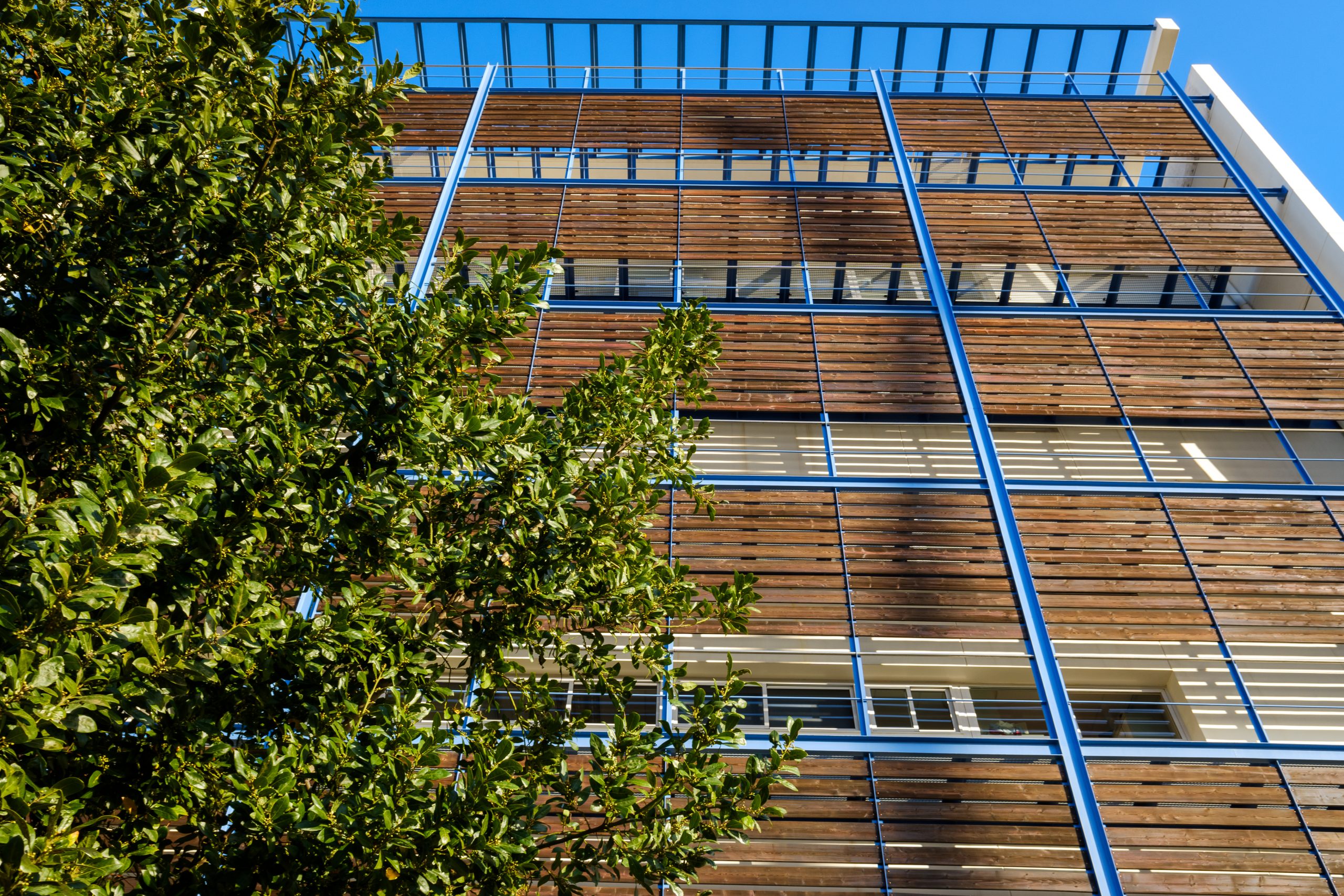How Does Architecture Respond To The Needs Of Disaster-resistant Structures?

Disasters can strike unexpectedly and often leave a path of destruction. That's why it's important to have disaster-resistant architecture in place to minimize the impact of disasters. In this article, we'll discuss the importance of disaster-resistant architecture and its various benefits.
1. Protection during natural disasters
Disaster-resistant architecture is specially designed to withstand natural disasters such as earthquakes, hurricanes, floods, and tornadoes. By using reinforced concrete and other durable materials, buildings can resist the strong winds and heavy rains associated with hurricanes and typhoons. The architecture can also withstand earthquakes and other seismic activity, reducing the risk of collapse and resulting in fewer injuries and deaths.
2. Saves lives
Disaster-resistant architecture can save lives by providing a safe haven for people during natural disasters. When natural disasters strike, people need a place to take shelter and stay safe. Disaster-resistant architecture provides that safe haven, reducing the risk of injury and loss of life.
3. Reduces property damage
Disaster-resistant architecture reduces property damage during natural disasters. When buildings are designed to withstand natural disasters, they are less likely to suffer damage from the high winds, heavy rain, or debris that can accompany these events. This means that they will need fewer repairs and will be less costly to replace after a disaster.
4. Cost-effective
Despite the initial investment required for disaster-resistant architecture, it can be cost-effective in the long run. By withstanding natural disasters, buildings will require less maintenance, repair, and reconstruction. This means that they will have a longer lifespan and will not need to be replaced as frequently, reducing costs and saving resources in the long term.
5. Contributes to sustainable development
Disaster-resistant architecture also contributes to sustainable development by reducing waste and the consumption of natural resources. By building structures that can withstand natural disasters, we can reduce the amount of waste generated by damaged buildings and the resources required for rebuilding. This in turn benefits the environment by reducing greenhouse gas emissions and pollution.
6. Attracts investors and tenants
Disaster-resistant architecture can attract investors and tenants who are looking for a safe place to live or invest in. Buildings that are designed to withstand natural disasters are seen as more secure, and this can make them more attractive to potential tenants or investors, leading to increased property value and rental income.
7. Supports local economies
By reducing property damage and protecting lives, disaster-resistant architecture can also support local economies by minimizing the disruption caused to businesses by natural disasters. When businesses are not affected by natural disasters, they can continue to operate and contribute to the local economy, generating jobs and income for the community.
8. Encourages resilience
Disaster-resistant architecture encourages resilience by helping people to bounce back more quickly from natural disasters. When homes, buildings, and other structures are designed to withstand natural disasters, people can focus their energy on recovery efforts rather than rebuilding. This can help to rebuild the community faster and in a more sustainable way, making it more resilient to future disasters.
Frequently Asked Questions
What is disaster-resistant architecture?
Disaster-resistant architecture is a type of construction that is designed to withstand natural disasters such as earthquakes, hurricanes, floods, and tornadoes. It uses reinforced concrete and other durable materials to make buildings more resilient to natural disasters.
Why is disaster-resistant architecture important?
Disaster-resistant architecture is important because it can save lives, reduce property damage, be cost-effective, contribute to sustainable development, attract investors and tenants, support local economies, and encourage resilience.
How is disaster-resistant architecture different from regular architecture?
Disaster-resistant architecture is designed to withstand natural disasters and is built using materials that are more durable and resistant to damage. Regular architecture does not take natural disasters into account and is built using materials that may not be able to withstand strong winds, heavy rain, seismic activity and debris.
What are some examples of disaster-resistant architecture?
Some examples of disaster-resistant architecture include buildings that are designed to withstand hurricanes, typhoons, floods, and earthquakes. These buildings incorporate features such as reinforced concrete, earthquake-resistant foundations, and hurricane-resistant windows and doors.
Is disaster-resistant architecture expensive?
While disaster-resistant architecture can be more expensive than regular architecture in the short term, it can be cost-effective in the long term. By withstanding natural disasters and requiring less maintenance and repairs, disaster-resistant buildings have a longer lifespan and may not need to be replaced as frequently, reducing costs in the long term.
Can any building be made disaster-resistant?
While it may be difficult or expensive to retrofit existing buildings to be disaster-resistant, new buildings can be designed to withstand natural disasters from the start. By incorporating disaster-resistant features into the design, buildings can be made more resilient and better able to withstand the impact of natural disasters.
In conclusion, disaster-resistant architecture plays an important role in mitigating the impact of natural disasters. It not only protects lives and property, but also contributes to sustainable development, supports local economies, and encourages resilience. By investing in disaster-resistant architecture, we can build more secure and sustainable communities that are better able to withstand the challenges of the future.




Post a Comment for "How Does Architecture Respond To The Needs Of Disaster-resistant Structures?"